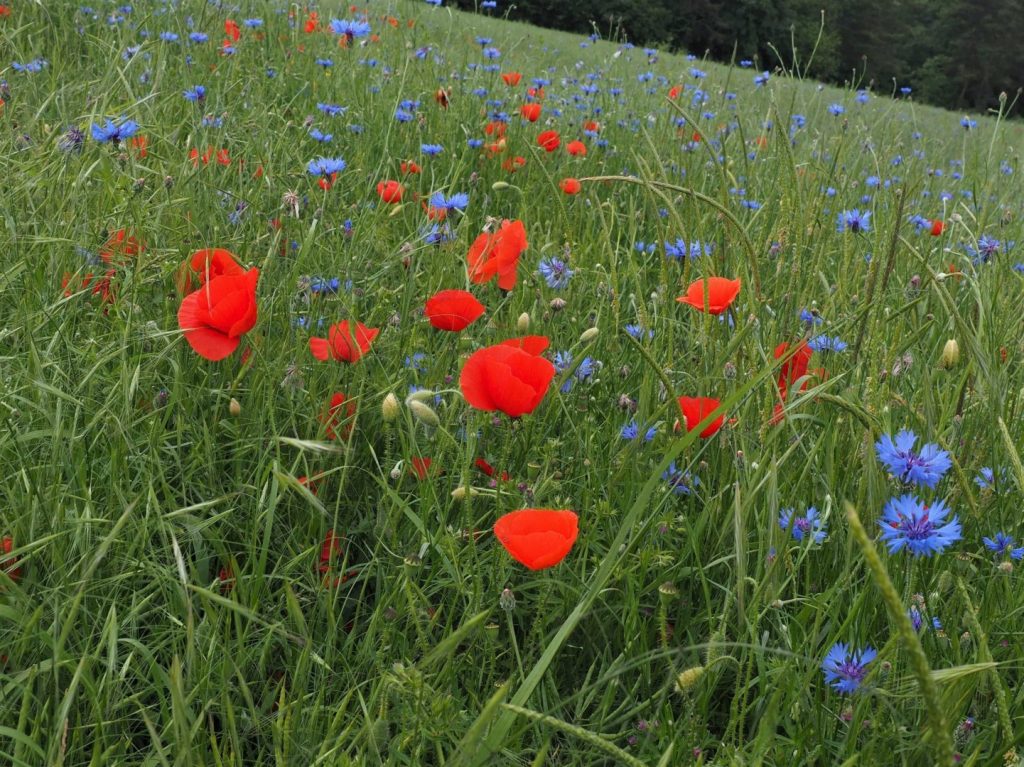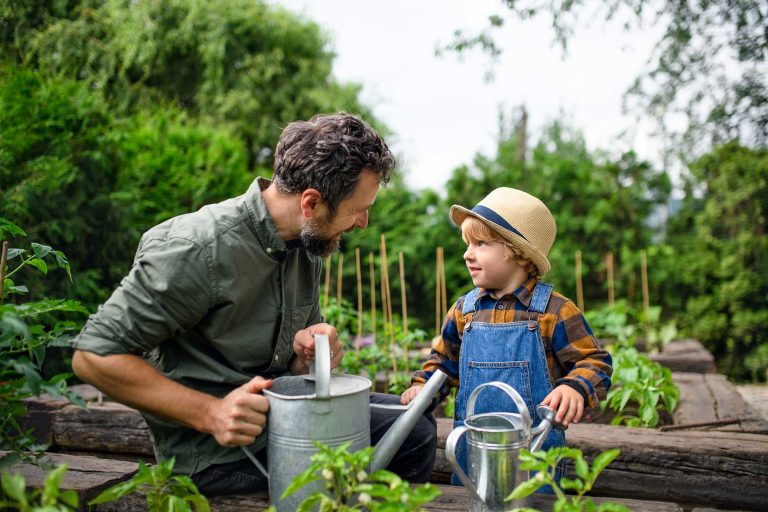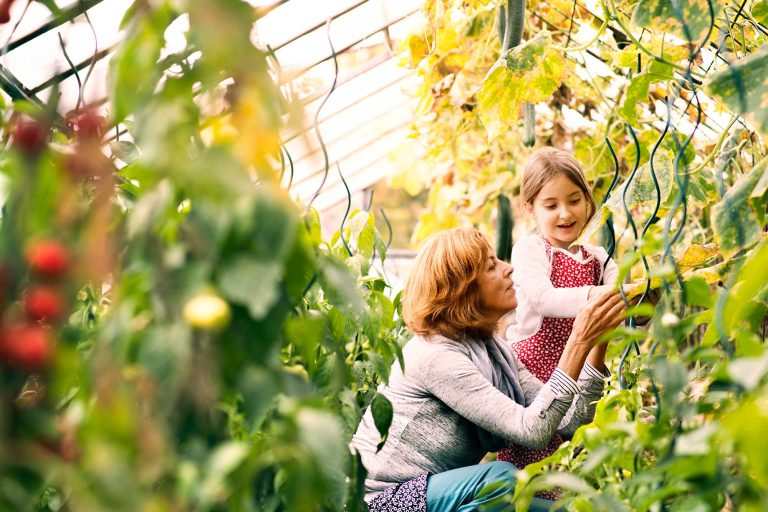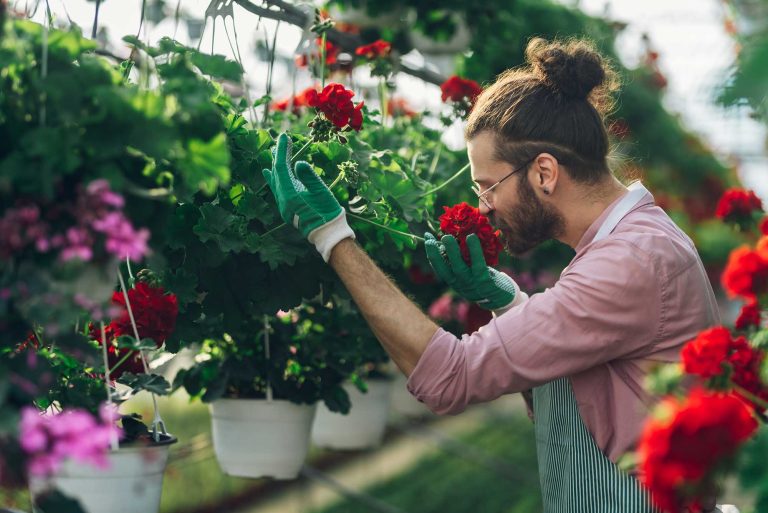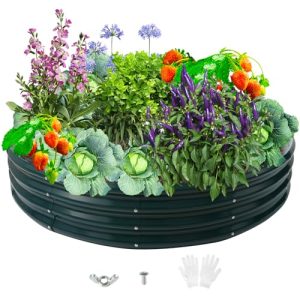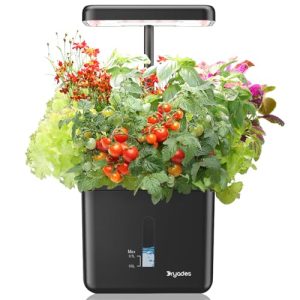Have you ever gazed at a field of vibrant poppies swaying gently in the breeze and wished you could capture that beauty in your own garden? The good news is, you absolutely can!
Planting poppies is a simple way to bring a splash of color and a touch of elegance to your outdoor space. But before you grab your gardening gloves and rush outside, it’s crucial to know the ins and outs of growing these charming flowers.
Imagine your garden bursting with the fiery reds, soft pinks, or bright oranges of poppies. Picture yourself enjoying a peaceful morning coffee surrounded by their delicate petals. Sounds dreamy, right? You might be surprised at how easy it can be to achieve this vision. Understanding the best practices for planting poppies can transform your garden into a breathtaking oasis of color. You’ll learn everything you need to know about growing poppies in your garden. From choosing the right variety to mastering the planting technique, we’ve got you covered. Curious about the secrets to flourishing poppies? Let’s dive in and unlock the vibrant potential of your garden!
Choosing The Right Poppy Varieties
Planting poppies can add vibrant color to your garden. Choose from oriental, Iceland, or California poppies for different climates and colors. Each variety offers unique beauty and growing conditions, making it essential to select the right one for your garden’s environment.
Choosing the right poppy varieties can transform your garden. With vibrant colors and unique textures, poppies offer visual delight. Selecting the right type ensures your garden flourishes.Annual Vs. Perennial Poppies
Annual poppies bloom quickly and brightly. They complete their lifecycle in one season. Plant them for a splash of color each year. California poppies and Shirley poppies are popular annual choices. Perennial poppies return every year. They require patience but reward with lasting beauty. Oriental poppies are a common perennial variety. They provide stunning blooms season after season.Popular Varieties For Gardens
Many gardeners adore the beauty of poppies. The Papaver somniferum, also known as the opium poppy, offers striking flowers. It thrives in sunny spots and well-drained soil. The Iceland poppy, with its delicate petals, adds charm to cooler climates. Its pastel colors are perfect for a soft garden palette. For a vivid burst of red, choose the Flanders poppy. This variety symbolizes remembrance and is eye-catching.
Credit: www.facebook.com
Ideal Growing Conditions
Poppies thrive in well-drained soil with full sun exposure. They prefer cool temperatures during germination. A sheltered spot protects them from strong winds.
Planting poppies can add vibrant colors and a touch of elegance to your garden, but knowing the ideal growing conditions is key to their success. Each variety of poppy has its own preferences, but generally, they thrive with specific soil, sunlight, and climate considerations. Let’s explore how you can create the perfect environment for these beautiful blooms in your garden.Soil Requirements
Poppies prefer well-drained soil to prevent root rot. Sandy or loamy soils are ideal, as they allow for good drainage while retaining necessary moisture. If your garden soil is heavy clay, consider adding sand or organic matter to improve its texture. Check the pH level of your soil too; poppies flourish in slightly acidic to neutral conditions. You can easily test your soil’s pH with a home kit.Sunlight Needs
Poppies love the sun, and they need plenty of it to bloom their best. Aim to plant them in an area that receives at least six hours of direct sunlight daily. Too much shade can lead to fewer flowers and less vibrant colors. If your garden has limited sunny spots, consider planting poppies in containers that you can move to catch the sun’s rays.Climate Considerations
Poppies are adaptable, but they do have climate preferences that can affect their growth. Most varieties thrive in cooler temperatures, making early spring or fall the best planting times. In regions with hot summers, consider planting poppies where they can receive afternoon shade to protect them from extreme heat. If you live in a particularly cold climate, choose hardy varieties that can withstand frost. By catering to these growing conditions, you’ll be rewarded with a stunning poppy display. Are you ready to see your garden transform with these captivating flowers?Planting Poppies
Poppies add vibrant color to any garden. Their delicate petals and bold hues make them a favorite among gardeners. Planting poppies can be a rewarding experience. With the right steps, your garden will bloom beautifully.
Best Time To Plant
Poppies thrive when planted in cool temperatures. Early spring or fall is ideal. The soil should be workable and not frozen. Planting in these seasons helps seeds establish better.
Seed Preparation
Preparing seeds is crucial for healthy growth. Start by soaking seeds overnight. This speeds up germination. Use a well-draining soil mix. Add some sand to improve texture. Mix seeds with sand to distribute evenly.
Spacing And Depth
Proper spacing ensures healthy plants. Space seeds about 6 inches apart. This allows room for growth. Plant seeds just below the surface. Cover lightly with soil. Avoid planting too deep to prevent poor germination.

Credit: www.permapotes.com
Caring For Poppies
Poppies thrive in sunny spots with well-drained soil. Plant seeds in early spring or fall for vibrant blooms. Regular watering and occasional fertilization help maintain their beauty.
Caring for poppies requires attention to their basic needs. These delicate flowers, with their vibrant colors, can enhance any garden. By understanding their specific requirements, you can ensure they thrive beautifully.Watering Guidelines
Poppies prefer well-drained soil. Avoid overwatering them. Water deeply once a week. Check the soil’s moisture before watering. Ensure the soil is dry an inch below the surface. Excess water can lead to root rot.Fertilization Tips
Poppies don’t need heavy fertilization. Use a balanced fertilizer in spring. Apply a light layer of compost around the base. This provides nutrients without overwhelming the plants. Don’t fertilize during blooming. Too much fertilizer can reduce their flower production.Pest And Disease Control
Poppies are prone to aphids and powdery mildew. Inspect leaves regularly for pests. Use insecticidal soap for aphids. Ensure proper air circulation to prevent mildew. Remove infected leaves promptly. This helps maintain the health of your poppies.Companion Planting With Poppies
Poppies add vibrant color to gardens and attract beneficial insects. Their presence can enhance soil health and deter pests. Pairing poppies with companion plants like lavender or marigolds creates a harmonious garden environment.
Planting poppies in your garden can be a delightful experience. Their vibrant colors and delicate petals add a splash of charm to any outdoor space. But did you know that poppies can also play well with other plants? Companion planting with poppies can enhance your garden’s health and beauty. Let’s explore which plants thrive alongside poppies and which ones you should avoid.Beneficial Companion Plants
Poppies can be excellent companions to many plants. Sun-loving herbs like lavender and rosemary share similar growing conditions and can help deter pests. Their aromatic oils keep unwanted insects at bay, creating a protective barrier for your poppies. Vegetables such as tomatoes and peppers can also benefit from poppy companionship. Poppies attract beneficial insects like bees, which aid in the pollination of your vegetable plants. This can result in a more bountiful harvest. Consider adding marigolds to your poppy plot. These bright flowers deter nematodes and other soil-borne pests, ensuring a healthier garden environment. Have you ever thought about how your plant choices can work together to fend off garden invaders?Plants To Avoid
Not all plants pair well with poppies. Avoid planting them near overly aggressive ground covers like mint. These can overtake the delicate roots of poppies, stunting their growth. Shady plants, such as hostas, are not ideal companions for poppies. Poppies thrive in full sun, and sharing space with shade-loving plants can lead to competition for light. Bulky, water-thirsty plants like pumpkins can also be problematic. Poppies prefer well-drained soil and can suffer from root rot if constantly overshadowed by plants that demand more moisture. Think about how plant water needs can impact your garden’s harmony. Incorporating poppies with the right companions can create a thriving ecosystem in your garden. The key is understanding each plant’s needs and how they can support one another. Are you ready to experiment with companion planting in your garden?Harvesting And Maintenance
Plant poppies in your garden for vibrant blooms. Harvest seeds once pods turn brown and dry. Regular maintenance ensures healthy growth and a colorful display.
Cultivating poppies in your garden is a rewarding endeavor that offers bursts of color and charm. But once these vibrant blooms grace your garden, knowing how to harvest and maintain them ensures they remain healthy and continue to thrive. This section dives into the practical aspects of caring for your poppies, ensuring you get the most out of each growing season.Deadheading Poppies
Deadheading is a simple yet crucial task. By removing faded or spent blooms, you encourage your poppies to produce more flowers. This process not only extends the blooming season but also prevents the plants from diverting energy into seed production. To deadhead, simply snip off the flower heads just above the nearest set of healthy leaves. Doing this regularly keeps your poppy plants looking tidy and vibrant.Collecting Seeds
Harvesting poppy seeds is a delightful task that ensures you can enjoy these beautiful flowers year after year. Allow the seed pods to dry on the plant until they turn a light brown color. Gently shake the pods to check if they rattle, indicating the seeds are ready for collection. Then, cut the pods and place them in a paper bag, shaking gently to release the seeds. Storing the seeds in a cool, dry place allows you to sow them when the time is right, ensuring a continuous cycle of growth and beauty.Preparing For Next Season
As the growing season winds down, it’s important to prepare your garden for the next bloom. Clear away any debris or dead plant material to prevent disease and pests. Consider adding a layer of mulch to protect the roots during colder months. This not only insulates the soil but also enriches it, promoting a healthier start for the next growing season. Do you have any personal tips or tricks for maintaining poppies in your garden?
Credit: www.reddit.com
Frequently Asked Questions
When Is The Best Time To Plant Poppies?
The ideal time to plant poppies is in early spring. Poppies thrive in cooler temperatures and prefer well-drained soil. Planting in spring ensures they get established before summer heat. You can also sow seeds in fall for spring blooms, depending on your climate.
Can Poppies Grow In All Climates?
Poppies can grow in a variety of climates but prefer temperate regions. They thrive in areas with cool, moist springs and warm summers. Extremely hot or humid climates may not be ideal. Check your local climate zone to ensure successful growth and blooming.
How Much Sunlight Do Poppies Need?
Poppies require full sun to grow and bloom well. Ensure they receive at least six hours of sunlight daily. Too much shade can hinder their growth and reduce flowering. If your garden is shaded, consider planting poppies in the sunniest spots available.
Are Poppies Easy To Maintain?
Yes, poppies are relatively low-maintenance plants. They need minimal care once established, requiring occasional watering and deadheading. Ensure soil is well-drained to prevent root rot. Fertilizing is usually unnecessary, as poppies adapt well to nutrient-poor soils.
Conclusion
Planting poppies can brighten any garden with vibrant colors. They thrive in sunny spots with well-drained soil. These flowers are easy to care for and attract pollinators. Remember, patience is key. Poppies may take time to establish, but the wait is worth it.
Choose the right variety for your climate to ensure success. With a little effort, you can enjoy beautiful poppies blooming in your garden. Their unique beauty and charm make them a great addition. Start planting today and watch your garden transform.
Enjoy the beauty of poppies right at home.
